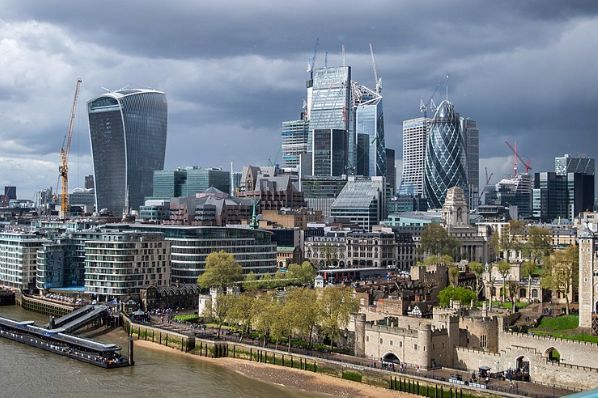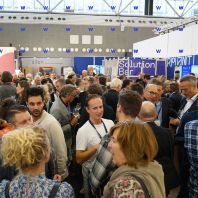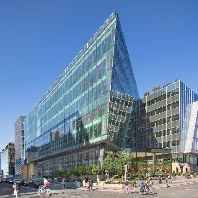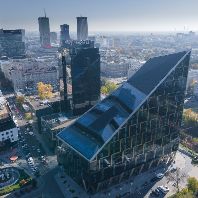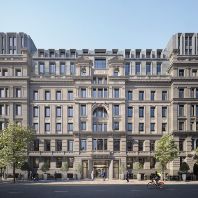The central London office market is set for ‘hotspot’ recovery as the capital looks towards a post-COVID future, according to the latest research from property consultancy Gerald Eve, with firms seeking offices within walking and cycling distance of mainline railway stations. With businesses and individuals seeking as few interchanges as possible, targeting a “one-stop commute” to reduce risk, it is expected that the strongest demand for office space will be within walking and cycling distance of the capital’s major rail terminals.
Policies such as that recently announced by Carlyle Group – which has asked employees to work remotely for 14 days after travelling by bus or tube – could exacerbate the effect. It is anticipated that demand will be even stronger for offices located within easy reach of two or more mainline stations, with super-hotspots emerging in the southern half of The City, Southwark, Paddington and the Euston / King’s Cross area. The prime buildings in these hotspots will be those best able to accommodate flexible demand and new occupier requirements, such as expanded bike storage capacity.
Rhodri Phillips, partner at Gerald Eve, said: “It is becoming increasingly clear that COVID-19 isn’t a short-term issue, and the behaviours learned as workers return to the office seem likely to continue through the next cycle. Employees will only return to offices in significant numbers once they feel comfortable and safe doing so, and proximity to rail terminals will be a key part of this. Firms can easily control the working environment itself, but the one-stop commute can reduce the perceived risk even further. Those that take this opportunity to relocate close to mainline stations could reap the benefits of higher office attendance and greater employee ease.”
A survey undertaken by Gerald Eve showed that 92% of respondents are considering reducing their office space requirements, with most looking to trim their needs by between 20% and 35% in the second half of 2020.
Patrick Ryan, partner at Gerald Eve, said: “As home working remains at elevated levels, offices will need to provide value-add incentives – through controlled interaction and collaboration with clients and colleagues - if employees are to return in any numbers. Better quality buildings providing these facilities, alongside a one-stop commute, will accelerate the divergence between prime and secondary space, as occupiers leverage breaks and lease ends to relocate to offices that are more in tune with post-COVID working practices.”
